What do Haitians Actually Eat? Here’s 10 of Their Staple Dishes That You Must Try!
Haitian cuisine is a blend of African, French, and Taino influences, and despite recent claims, it's rich of history and plates that deserve to be tasted at least once! Here are the top 10 typical Haitian dishes you need to taste for yourself!

Despite what you might have heard in the news or from misguided far-right debates, there’s absolutely nothing to fear about Haiti and its culinary traditions. In fact, Haitian food is packed with history, flavor, and vibrancy, reflecting the resilience and creativity of its people.
The country’s cuisine is a beautiful blend of African, French, Taino, and Spanish influences, shaped by centuries of colonization and cultural exchanges. If you're curious about this often-overlooked cuisine or planning a visit, buckle up! We’re about to take you on a flavorful journey through Haiti’s top 10 must-try dishes.
1. Griot
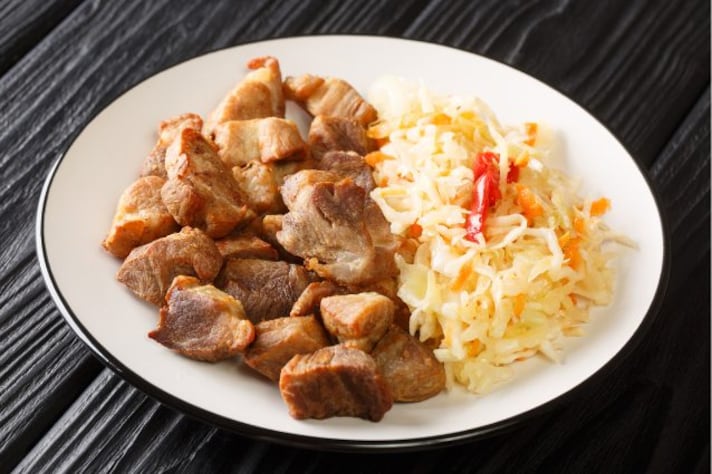
Griot is the king of Haitian dishes—a savory explosion of marinated, fried pork. Typically enjoyed during festive occasions, it’s seasoned with a blend of citrus, Scotch bonnet peppers, and spices that give it a vibrant taste. Griot often makes an appearance at parties, family gatherings, or street fairs. It's a crowd-pleaser and a dish that represents celebration and the Haitian way of bringing people together through food.
2. Diri Ak Djon Djon (Black Mushroom Rice)
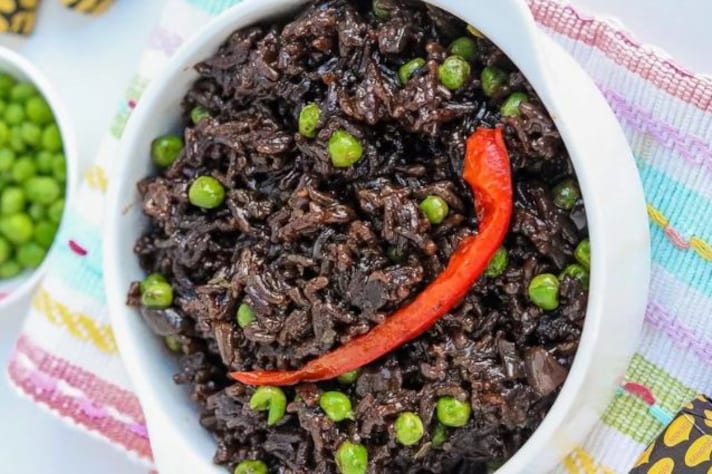
Diri ak Djon Djon is one of Haiti’s most beloved side dishes and also a show-stopper in its own right. The rice is cooked with black mushrooms, which give it its deep color and earthy flavor. It’s typically served at more formal occasions or special family dinners. Djon Djon mushrooms are unique to Haiti, and their use in this dish dates back to the country’s agricultural roots.
3. Soup Joumou (Pumpkin Soup)
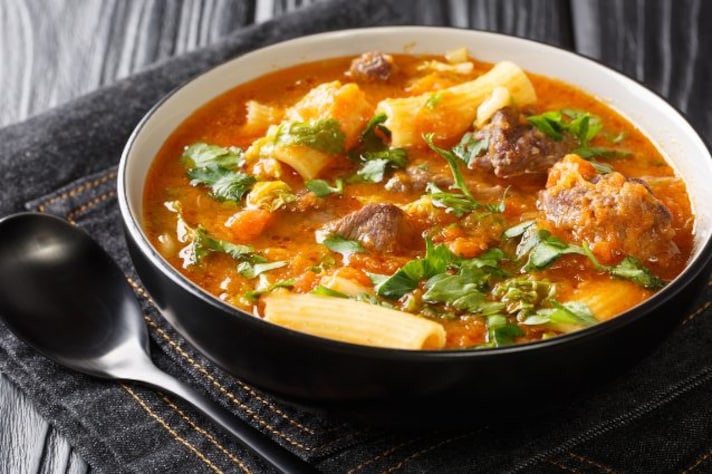
A dish with a deep historical significance, Soup Joumou is traditionally eaten on January 1st to celebrate Haiti’s Independence Day. This pumpkin-based soup, enriched with beef, vegetables, and pasta, was once forbidden to enslaved Haitians, reserved only for their colonizers. Today, it’s a symbol of freedom, resilience, and national pride, a must-have to commemorate the country’s liberation.
4. Tasso
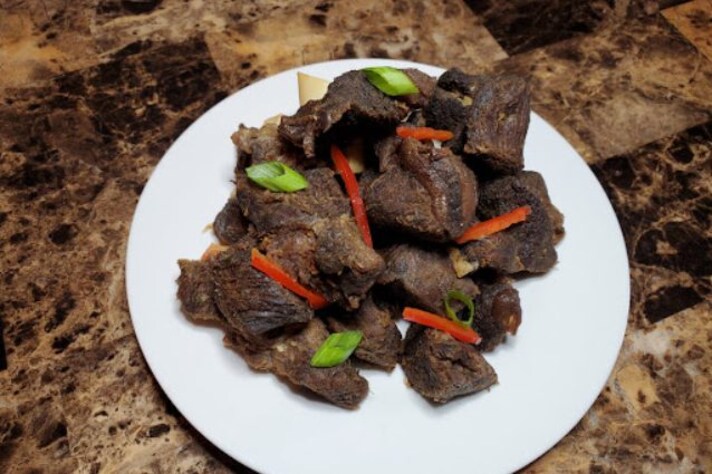
If you're a fan of beef jerky, Tasso will be right up your alley. It’s marinated beef or goat meat, seasoned and then dried or fried to perfection. Served with rice or fried plantains, this is Haiti’s take on preserved meat, often enjoyed as a snack or part of a bigger meal. It’s a great dish to nibble on while sipping a local rum cocktail on a hot day.
5. Marinad (Fritters)
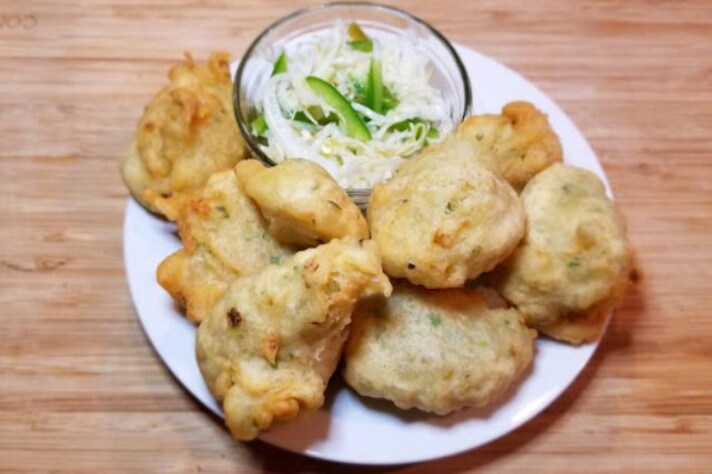
Haitian fritters, or marinad, are crispy little bites of joy. These savory morsels are typically made from flour, spices, and sometimes fish or meat, deep-fried until golden. You'll often find them as street food, served as appetizers, or alongside meals. Each bite is packed with flavor, proving that simple ingredients can create the most addictive snacks.
6. Accra
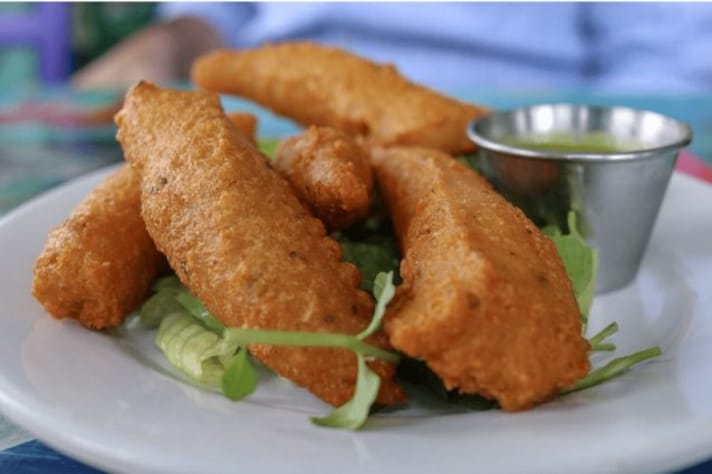
Accra is another fantastic Haitian street food you can’t miss. These fritters are made from malanga, a root vegetable similar to taro, which is grated, seasoned, and fried. They are crispy on the outside, soft on the inside, and full of flavor. Accra is perfect for munching while strolling through Haiti’s bustling markets or as a starter at a casual meal.
7. Pikliz (Spicy Pickled Vegetables)
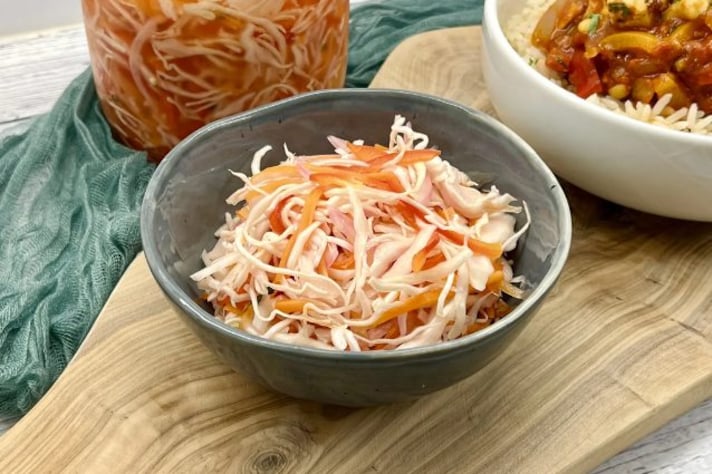
No Haitian meal is truly complete without pikliz, a spicy condiment made from pickled cabbage, carrots, peppers, and vinegar. It's the fiery element that accompanies many dishes like griot and rice, adding a tangy, spicy crunch to every bite. Haitians have a saying: "If it doesn’t make you sweat, it’s not pikliz!"
8.Dous Makos
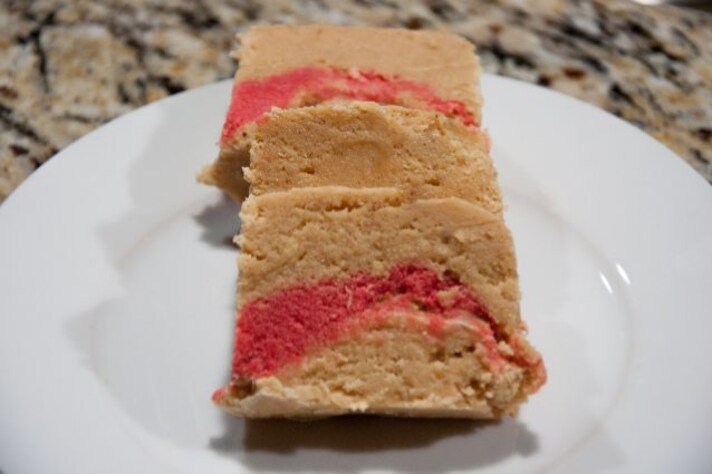
Haiti’s version of fudge, Dous Makos, is a sweet, creamy dessert that originated in the town of Petit-Goâve. Made from condensed milk, sugar, vanilla, and a hint of cinnamon, it’s typically colored with a signature stripe of pink, making it as visually appealing as it is delicious. Dous Makos is often enjoyed as a snack or dessert, and it's perfect for those with a sweet tooth. The recipe has been passed down through generations, making it a beloved staple at family gatherings and special occasions.
9. Pain Patate (Sweet Potato Bread)
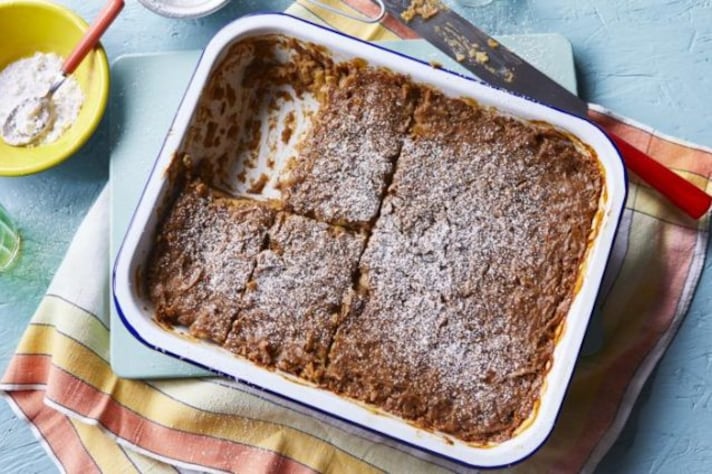
Sweet potatoes take the stage in this delicious Haitian dessert. Pain patate is a dense, spiced sweet potato bread often flavored with bananas, coconut, and raisins. It’s a favorite treat during holidays or family gatherings. Rich and comforting, it’s best enjoyed warm and with a generous slice. This is Haiti’s answer to the ultimate sweet comfort food!
10. Kremas (Creamy Coconut Liqueur)
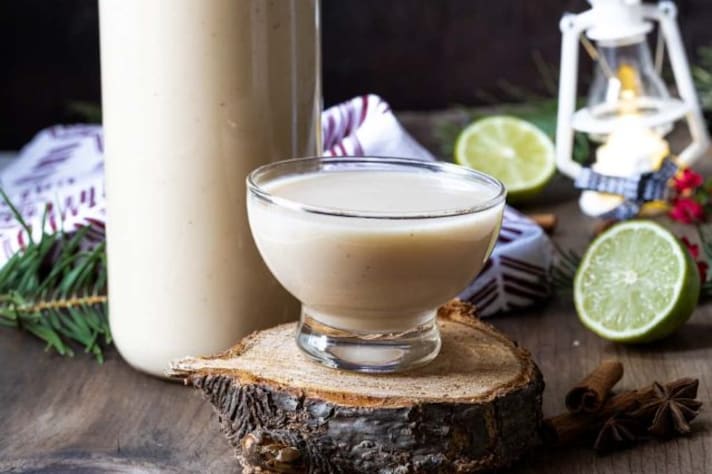
We can’t leave you without a typical Haitian drink! Kremas is a coconut-based alcoholic beverage traditionally served during holidays and celebrations. It’s rich, creamy, and spiced with cinnamon, nutmeg, and lime. Sipping on a glass of kremas is like drinking dessert—only with a bit of a kick! Be careful, though: it’s so smooth, you might lose track of how many you’ve had.
;Resize,width=767;)
;Resize,width=712;)

;Resize,width=712;)
